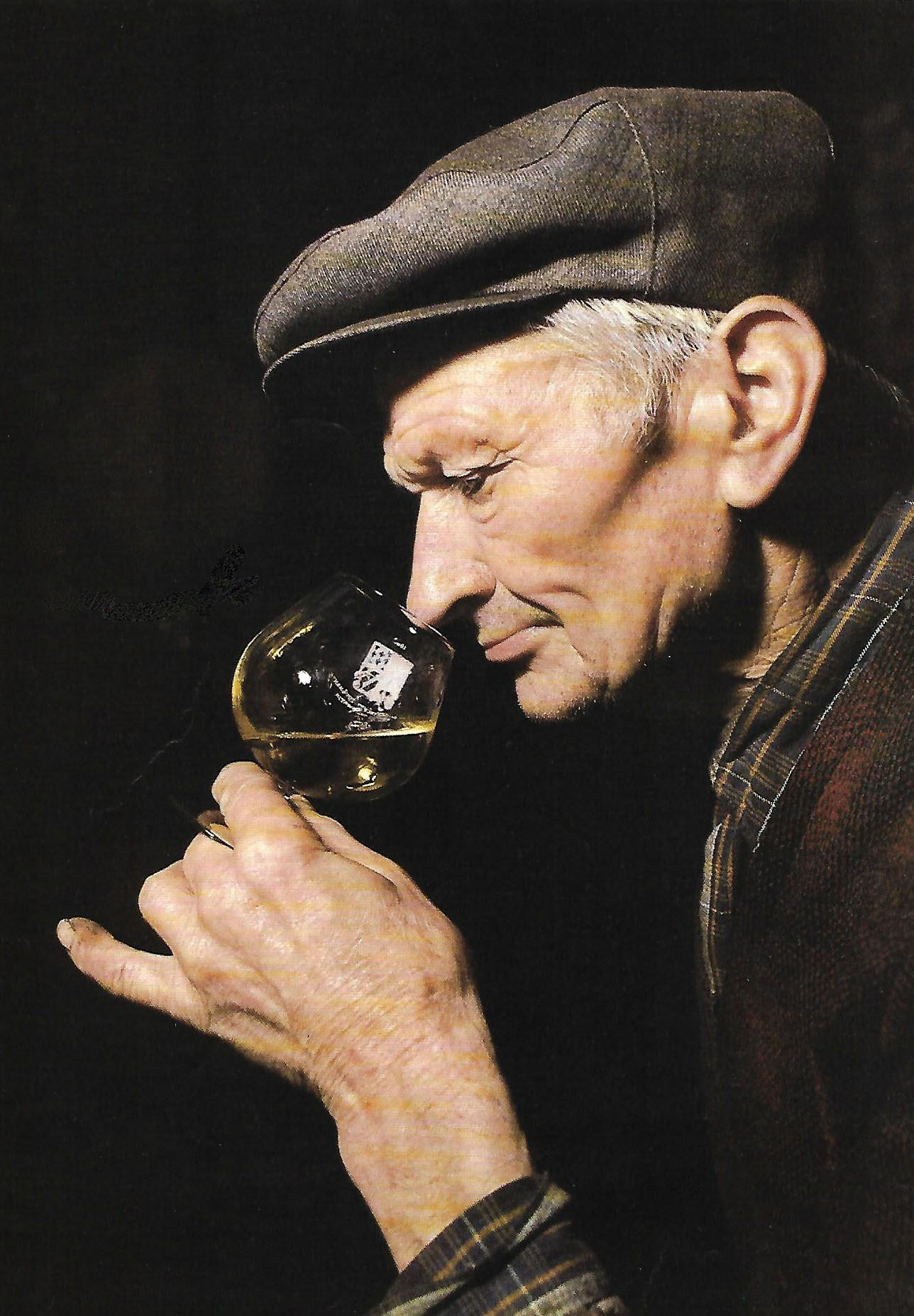Vinosity – What is it?
May 2015. There’s something clear and unambiguous about the word “vinous” – something that has the characteristics of wine. But when we get more specific, and the word is applied to one particular wine, but not to another, the meaning is less clear. What does vinous really mean in such a context? How can one wine be distinctly vinous and another less so or hardly at all?
a
a
The Chinese translator of Decanter magazine declares that the word “vinous”, applied to a wine, is tautology. I sympathise: I myself did many translations (Swedish to English) at one point in my life and learnt that, while the author can fudge the issue, the translator cannot. I don’t know the Chinese for thank you but that translator deserves our thanks for getting us to be more precise.
a
e
For Alexis Lichine, vinosity was “The essential quality or heart of a wine”. This has the ring of truth but is incomplete.
a
a
For the French, a vinous wine is one that contains noticeable alcohol. And of course the presence of alcohol is a key element in vinosity, giving energy, flow, and warmth. But it’s not the whole story. After all, vodka is alcoholic but is in no way vinous. Grape juice, wine’s raw material, smells grapy but does not smell vinous. So a certain level of alcohol is a prerequisite. But also crucial is the right concentration of fruit: most mass produced wines, high on alcohol but short on flavour, are not vinous.
a
a
It’s clear that while alcohol plays a central role in vinosity it should never dominate. But it does need to attain a certain level. A delicate Mosel Riesling at 7-8% ABV is manifestly a wine, and often a great one, but is not markedly vinous (the great oenologist Emile Peynaud pointed out that a wine’s vinosity “is hardly apparent at less than 11.5% ABV.”). At the other end of the scale, a massive Cabernet-Sauvignon at 15% ABV will reek of alcohol without necessarily being vinous – rather potent, inebriating, almost spirity: and high alcohol diminishes the delicacy of a wine’s bouquet. It’s significant that the legal definition of table wine prescribes minimum and maximum levels of alcohol, with most distinctly “vinous” wines being found in the middle range – 11-13 ABV. A perception of vinosity seems to weaken as those upper and lower limits are approached.
a
a

Different wines at different alcohol levels (and degrees of vinosity!). Left, 2000 Urziger Würzgarten Riesling Kabinett (Dr Loosen), at 7.5% ABV; Centre Left: 1993 Riesling Frédéric Emile (Trimbach), and Centre Right : 1986 Château Cos d’Estournel, both at the “ideal” 12.5% ABV; and 2006 Barolo Le Vigne (Sandrone) at 14.5% ABV.
a
But there’s another aspect. You can‘t eat clay or iron but you can smell and taste them in a wine. Likewise, you can’t eat vine plants but, in some mysterious way, you can smell and taste them in their end product, a vinous wine. Grape juice smells of grapes without being vinous in itself. It becomes vinous when fermented – or let’s say transmuted – into wine.
a
a
I’ve always cherished André Simon’s observation that alcohol in wine is like the canvas in a painting: it’s an indispensable support but should never obtrude. A vinous wine, surely, is so constituted that its bouquet and flavour, with concentrated fruit at the core, are very much to the fore while the alcohol – like the blood stream in humans – is present implicitly rather than explicitly, its role being to provide unifying energy and flow, a sense of warmth without hotness.
a
a
All human beings have hearts. But we know exactly what is meant when a particular person is called big-hearted. By the same token, while all wines are “winy” we can surely understand why some, but not all, are called vinous.
a
© Frank Ward 2015
a a





